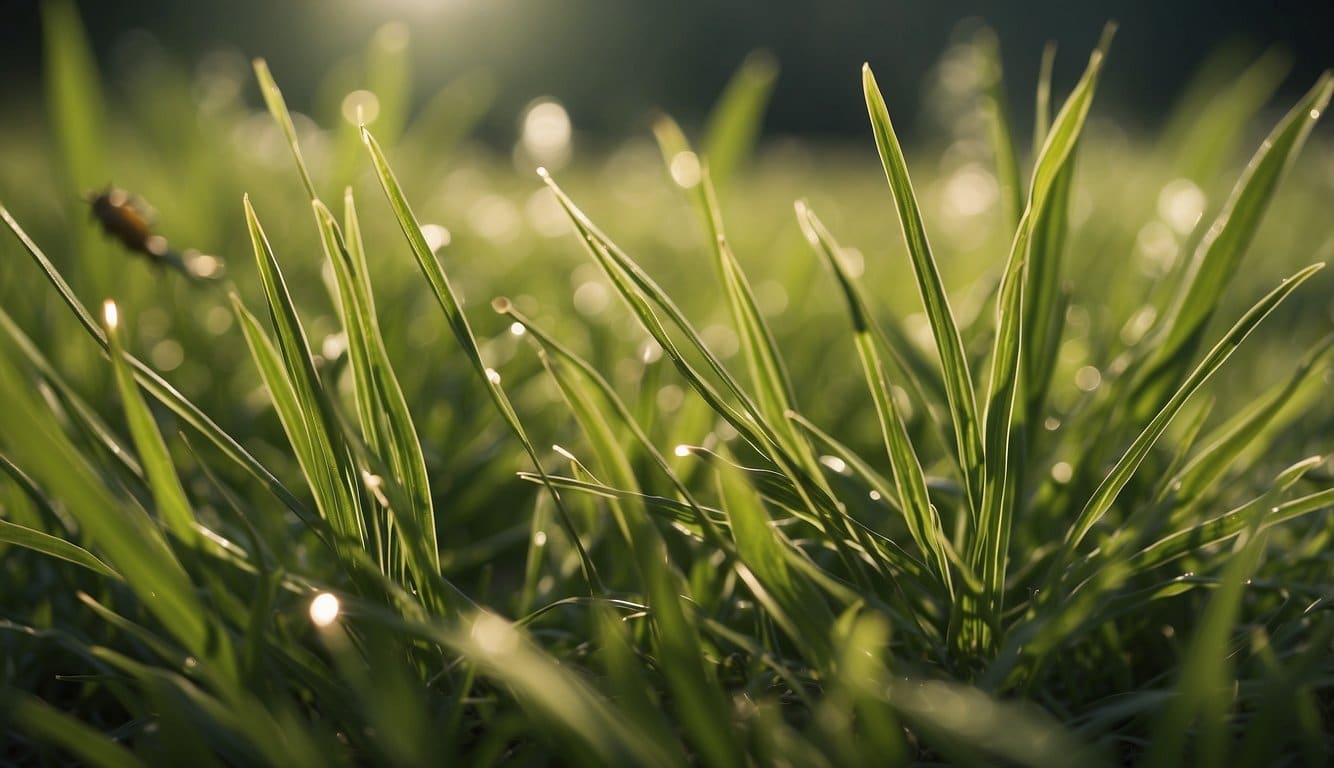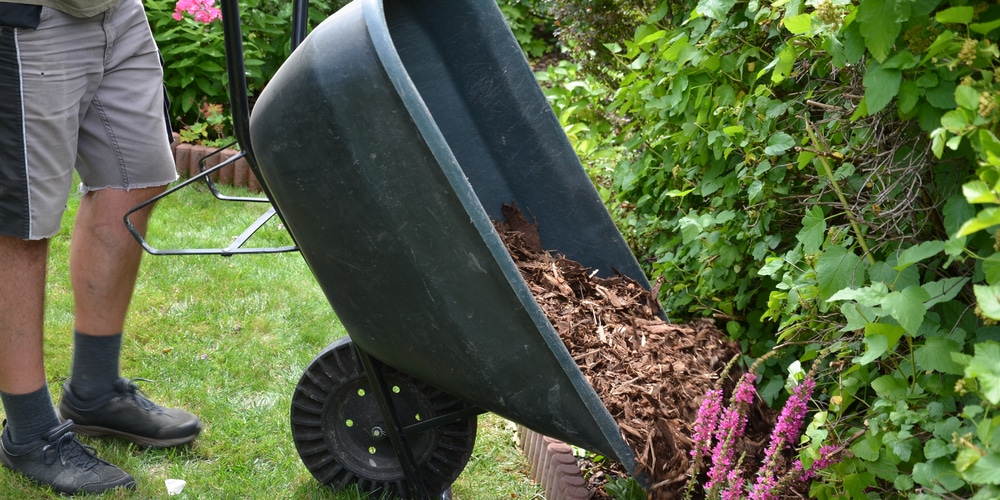Permaculture Principles: 101
Permaculture is a design philosophy that aligns with the natural cycles and patterns of the earth to create sustainable and self-sufficient ecosystems. Embracing this holistic approach can enhance your lawn and garden spaces in numerous ways while promoting biodiversity and ecological balance.
Core Concepts You Should Know:
- Ethical foundation: Permaculture is grounded in care for the earth, care for people, and fair share for all.
- Holistic design: It integrates land, resources, people, and environment through mutually beneficial synergies.
Key Principles to Apply:
- Observe and Interact: By taking time to engage with nature, you gain insights for designing solutions.
- Catch and Store Energy: Harvest resources at peak abundance for use in times of need.
- Obtain a Yield: Ensure that you are getting truly useful rewards for the work you put in.
- Apply Self-Regulation and Accept Feedback: Discern appropriate limits to maintain balance and foster adaptability.
Diversity and Synergy in Design:
- Design from patterns to details: Start with the big picture and then focus on the finer aspects.
- Integrate rather than segregate: Place elements so that they can function cooperatively.
- Use and value diversity: Varied elements can solve more problems and provide multiple benefits.
By weaving these principles into your lawn care practices, you create a functional diversity within your garden, encouraging a healthier ecosystem. Remember, permaculture isn’t just a gardening trend; it’s a way of seeing the world and your place in its perpetual cycle of growth and renewal.
Grass Seed Selection: The Basics
Creating a grass seed lawn that aligns with permaculture principles starts with choosing the right seed, preparing the soil carefully, and employing the best seeding techniques for a sustainable and healthy lawn.
Selecting the Right Grass Seed
- Research Your Climate: Certain grass varieties thrive in specific climates, so choose one that’s well-suited to your area’s weather conditions.
- Usage and Maintenance: Factor in the intended use of your lawn and the level of maintenance you can commit to. For erosion control and quick establishment, consider perennial ryegrass.
Soil Preparation for Seeding
- Test Soil Fertility: Conduct a soil test to determine pH levels and nutrient deficiencies, and amend accordingly.
- Optimize Soil Structure: If necessary, add a thin layer of topsoil or compost to enhance soil quality without harming shallow tree roots, as recommended by The Spruce.
Seeding Techniques
- Measure Accurately: Follow the seeding rate on your seed bag to avoid over or under-seeding.
- Even Distribution: Use a seed spreader and employ a methodical approach, such as the one detailed by The Spruce, to ensure even coverage across your lawn area.
- Optimal Timing: Seed your lawn during the best growing periods, typically in the fall or spring, to ensure the young grass has the best chance to establish before extreme weather conditions.
Permaculture Techniques for Lawn Integration
When integrating grass seed lawns with permaculture principles, it’s essential to apply sustainable techniques that align with nature. These methods enhance not only the health of your lawn but also contribute to the biodiversity of your garden ecosystem.
Sheet Mulching
Sheet mulching is a no-till garden technique that you can employ to prepare your land for seeding while suppressing weeds and improving soil fertility. Follow these steps to implement sheet mulching in your lawn:
- Lay down a barrier of cardboard or newspaper over the lawn area.
- Add layers of organic matter, such as compost, manure, and leaves.
- Finish with a layer of mulch to conserve moisture and prevent weed growth.
Companion Planting
Companion planting is the strategic location of different plants together to enhance growth, health, and yield. In the context of a permaculture lawn:
- Consider planting clover with grass seed to fix nitrogen in the soil and reduce the need for chemical fertilizers.
- White dutch clover can be an excellent companion for grass, providing a natural carpet that is resilient and green.
Natural Pest Management
To naturally manage pests in your permaculture lawn, incorporate these approaches:
- Introduce beneficial insects, like ladybugs and lacewings, to control pests.
- Plant pest-repelling plants such as lavender or marigolds around the lawn edges.
- Opt for physical barriers like netting to protect young seedlings.
Maintaining a Permaculture Lawn
Creating a self-sustaining permaculture lawn requires integrating environmentally friendly techniques. Your focus will be on organic care, water conservation, and enhancing biodiversity.
Organic Fertilization
- Compost Tea: Apply compost tea to nourish your lawn with beneficial microbes.
- Natural Weed Control: Use corn gluten meal as a pre-emergent weed suppressant.
Water Conservation Strategies
- Drip Irrigation: Implement drip irrigation for deep watering with minimal waste.
- Rainwater Harvesting: Collect rainwater to reduce reliance on municipal supplies.
Biodiversity Enhancement
- Pollinator Plants: Introduce native flowering plants that attract pollinators.
- Microhabitats: Create diverse areas, such as rock piles and logs, for wildlife shelter.
Assessing the Impact
When integrating grass seed lawns with permaculture principles, it’s crucial to evaluate how these practices affect ecosystem health and community dynamics. This section examines the tangible outcomes on both the environment and societal engagement.
Ecosystem Health Monitoring
To gauge the effectiveness of permaculture lawns, you should regularly monitor several key indicators:
- Soil Quality Assessments: Measure organic matter content, compaction, and moisture levels to determine soil health improvements.
- Biodiversity Surveys: Conduct species counts for flora and fauna to observe changes in diversity, particularly beneficial insects and pollinators.
Community Involvement and Education
Your active participation and knowledge sharing can play a pivotal role:
- Workshops and Seminars: Attend and organize sessions that focus on sustainable lawn care techniques and their benefits.
- Permaculture Demonstrations: Create real-world examples of lawns that employ these principles effectively for others to learn from.
Frequently Asked Questions
When embarking on integrating grass seed lawns with permaculture principles, you may have questions on how to effectively marry traditional lawn aesthetics with sustainable practices. Below you’ll find answers to some of the most commonly asked questions related to this process.
How can I incorporate grass seed into a permaculture lawn design?
- Choose grass seeds that are native or well-adapted to your region to reduce water and maintenance needs.
- Utilize a mixed-seed approach that includes a variety of species to create a resilient and diverse lawn.
What are the alternative ground covers to grass that align with permaculture ethics?
- Consider low-growing herbal ground covers like clover or creeping thyme, which are beneficial for pollinators and soil health.
- Explore using other living mulches that suppress weeds, retain soil moisture, and add nutrients to the earth.
In permaculture, which crops are beneficial for nitrogen-fixing in a lawn setting?
- Legume varieties such as clover and alfalfa can be interspersed in the lawn to naturally enrich the soil with nitrogen.
- Plant nitrogen-fixing shrubs and bushes at the edge of your lawn to complement the system.
What steps should I take to transform my existing lawn into a permaculture garden?
- Conduct a site assessment to understand your lawn’s current ecosystem – soil, light, water, and existing biodiversity.
- Gradually incorporate permaculture elements such as raised beds, edible plants, and native species.
- Also, reduce areas of mono-culture grass.
How does a permaculture approach to lawn care differ from conventional lawn maintenance?
- A permaculture lawn focuses on creating a self-sustaining ecosystem with minimal inputs.
- This contrasts with the high-resource conventional approach which relies heavily on fertilizers, pesticides, and regular mowing.
What principles should be considered when creating a permaculture design for a backyard ecosystem?
- Observe and interact with your space to design according to existing patterns and features.
- Every element in your design should serve multiple purposes.
- All elements should be placed where their functions are maximized.
Last update on 2025-06-06 / Affiliate links / Images from Amazon Product Advertising API




